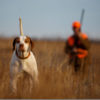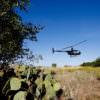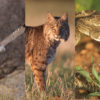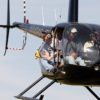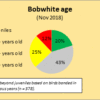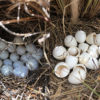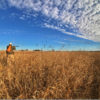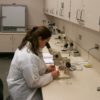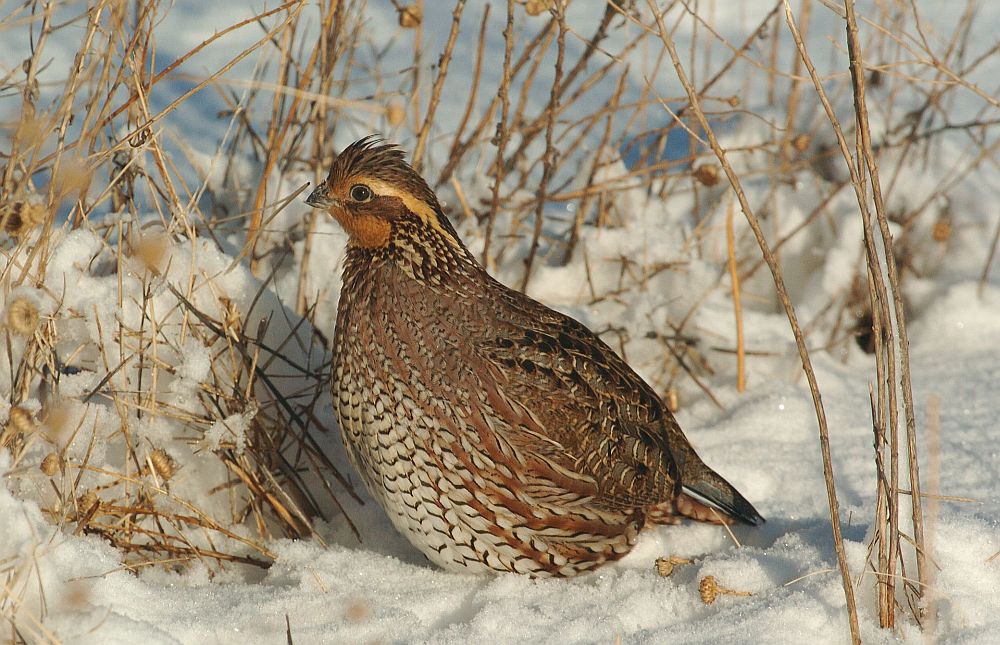
Winter is over and our quail have started nesting. One of the key parameters of reproduction is the number of females entering the breeding season, which begs the question of how many survived the winter? I am happy to say they did quite well.
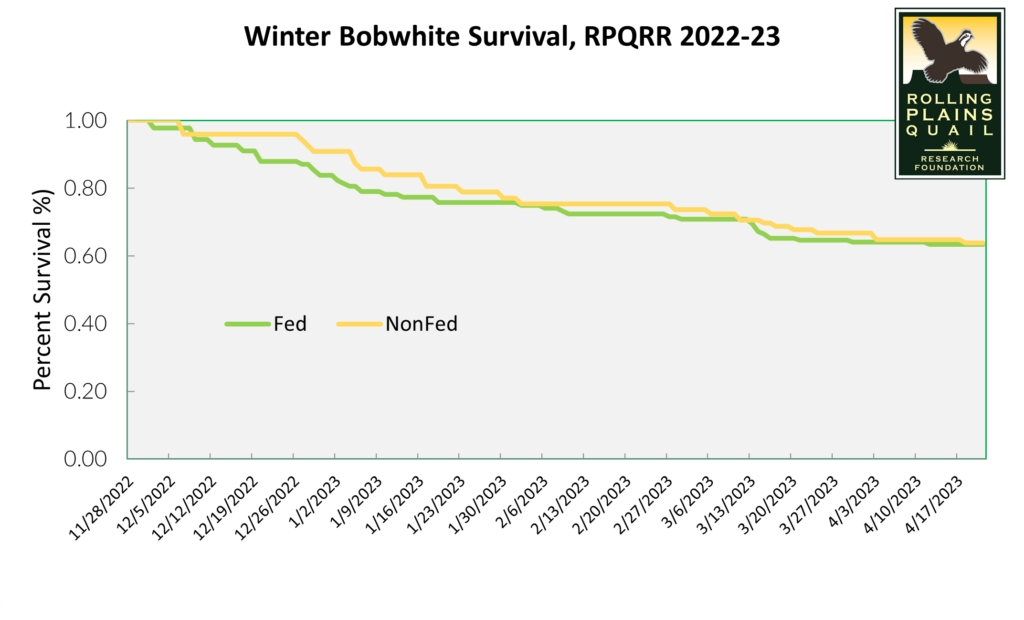 On November 28, 2022, we were tracking 34 radio-collared bobwhites. We added 152 birds in early December, and in early March we collared 89 more. We track whether the birds are in pastures that have supplemental feed (milo) applied every two weeks to see if that makes a difference. As of April 21, we’ve observed 69 mortalities: 44 from fed pastures and 25 from unfed. Feed isn’t causing more to die – we caught more birds in those pastures! The survival rate has been 62.7% in fed pastures and 63.8% in non-fed pastures—not enough difference to matter.
On November 28, 2022, we were tracking 34 radio-collared bobwhites. We added 152 birds in early December, and in early March we collared 89 more. We track whether the birds are in pastures that have supplemental feed (milo) applied every two weeks to see if that makes a difference. As of April 21, we’ve observed 69 mortalities: 44 from fed pastures and 25 from unfed. Feed isn’t causing more to die – we caught more birds in those pastures! The survival rate has been 62.7% in fed pastures and 63.8% in non-fed pastures—not enough difference to matter.
What killed them? Well, we know that 4 were killed by hunters as part of our crippling loss study, and another 3 died when something found them in the traps before we arrived to pick them up. Of those remaining, we think 33 were killed by mammals and 14 by raptors based on evidence left at the scene.
How does this compare to the past? Survival during the winter of 2021-22 was 48.1% in fed pastures and 42.2% in unfed. Why the big difference in survival between years? We think it’s mostly a result of the milder winter we had this year at the RPQRR. Fewer cold snaps and less snow probably afforded better survival. It could be that in the harsher 2021-22 winter, supplemental feed was helpful and caused the difference in survival seen between fed and unfed areas. This year, with the milder winter, it probably didn’t matter. Or maybe it’s just random chance–we can’t say for sure at this point. We’ll keep putting supplemental feed out on half the area for a couple more years and monitoring the birds to flesh out the treatment effects. – John Purvis


